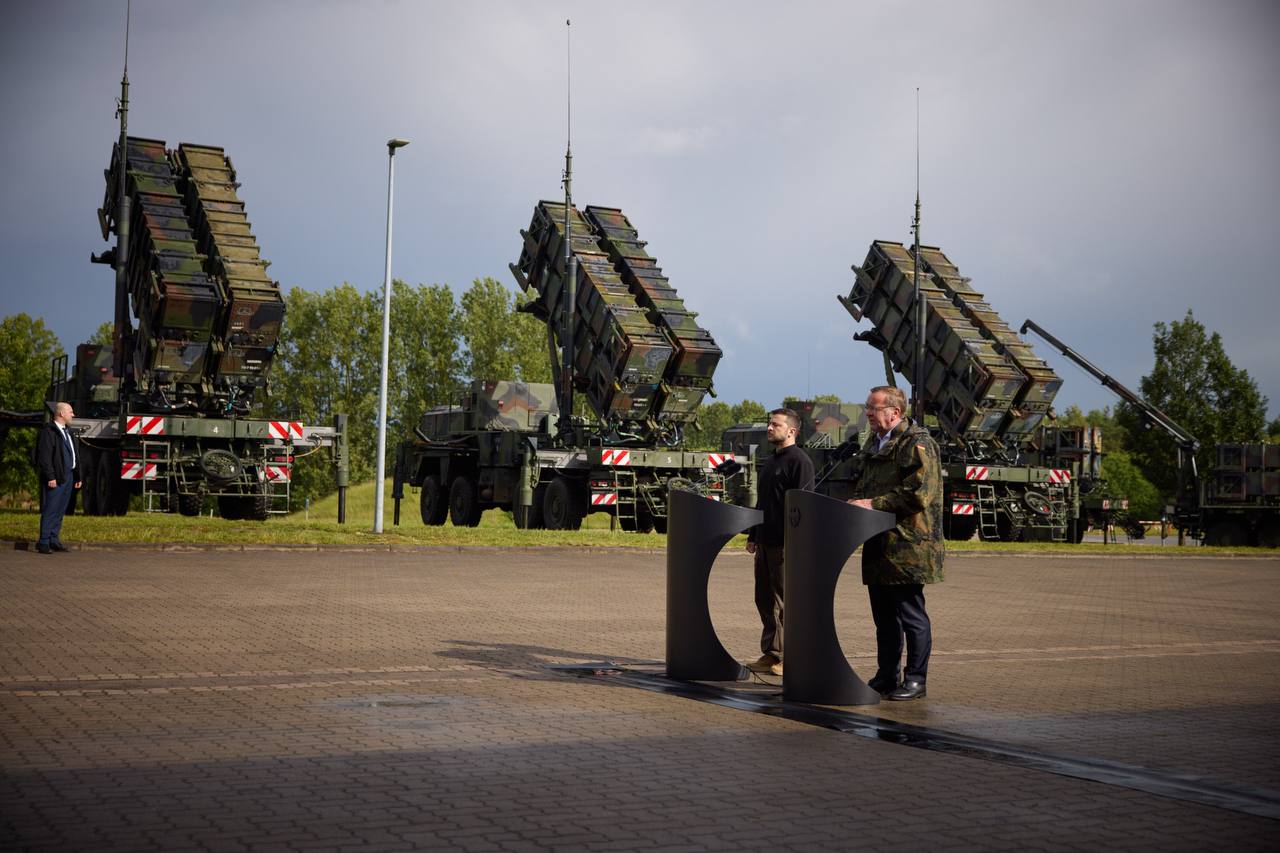A surge in Russian ballistic missiles with enhanced maneuvering capabilities is straining Ukraine’s Patriot air defense systems, The War Zone reports. The US Defense Intelligence Agency has confirmed the upgrades are making interceptions harder, forcing Ukraine’s defenders to deal with unpredictable flight paths and radar decoys.
Russia’s missile upgrades slash Patriot interception rates
Ukraine has received three Patriot batteries from the United States, two from Germany, one from Romania, and another jointly supplied by Germany and the Netherlands. The War Zone notes the systems are paired with various interceptors, and US officials said in July they were working with European allies to send more. Patriot remains Ukraine’s only robust defense against ballistic missiles.
A Special Inspector General report citing a DIA response says the Ukrainian Air Force has struggled to consistently stop upgraded Russian missiles, TWZ says. The improvements allow warheads to change trajectory and perform maneuvers instead of following a traditional ballistic arc.
Iskander-Ms, KN-23s, and new decoys complicate defense
The report does not name the missile types or detail the upgrades. However, Ukrainian Air Force spokesperson Yurii Ihnat in May mentioned Russia’s Iskander-M and North Korea’s KN-23 as examples. Both are short-range ballistic missiles and among the most common in Russian strikes. Ihnat said Russia’s improved weapons complicate interception but do not make it impossible.
Russia’s heavy use of Iskander-Ms early in the 2022 invasion exposed an existing decoy capability, though not all missiles carried it. Ihnat’s comments suggest Russia may now be fitting decoys to more of them. Reports have long indicated Iskander-Ms can fly depressed trajectories and maneuver mid-flight to challenge defenses. Russia claims its Kinzhal missile, derived from the Iskander-M, has high maneuverability, and those developments may have influenced ground-launched designs.
The North Korean KN-23 resembles the Iskander-M and reportedly can perform a “pull-up” maneuver in its terminal phase. Ukraine’s defense intelligence chief Kyrylo Budanov told The War Zone in June that Russia worked with North Korea to improve the KN-23’s accuracy, possibly boosting other missile types as well.
Ukraine’s options remain limited
Patriot’s confirmed difficulties raise concerns for other militaries, including the US Army, which is working to expand and improve its own Patriot forces.
Ukraine entered the war with a limited number of Soviet-era S-300V1 systems, which had some anti-ballistic capability. It is unclear if any remain in service, and interceptor stocks would have dwindled over three years of fighting.
Russia has scaled back missile and drone attacks ahead of the 16 August meeting between US President Donald Trump and Russian President Vladimir Putin.





